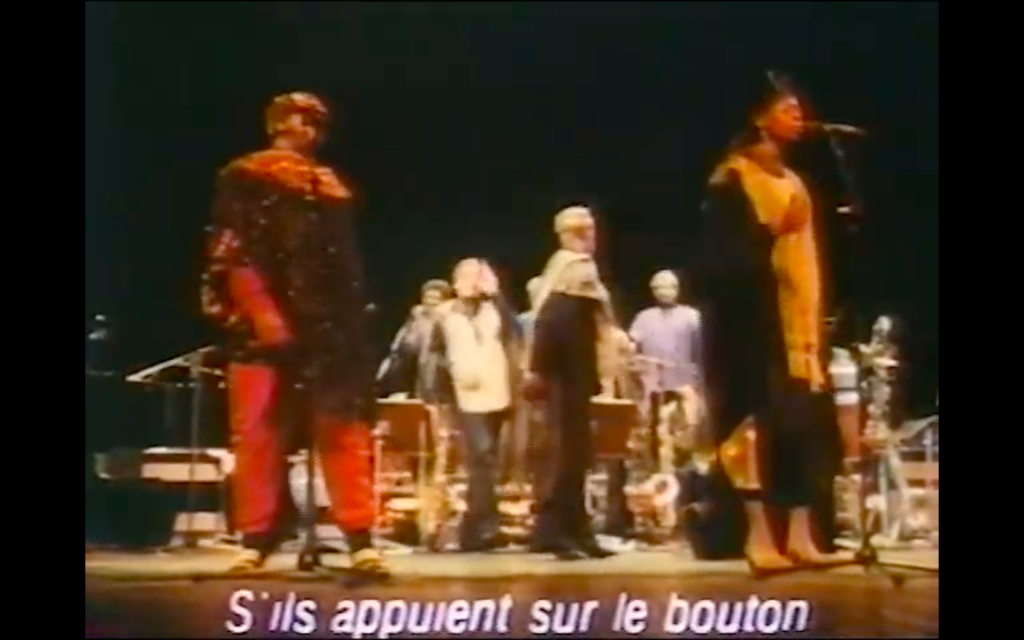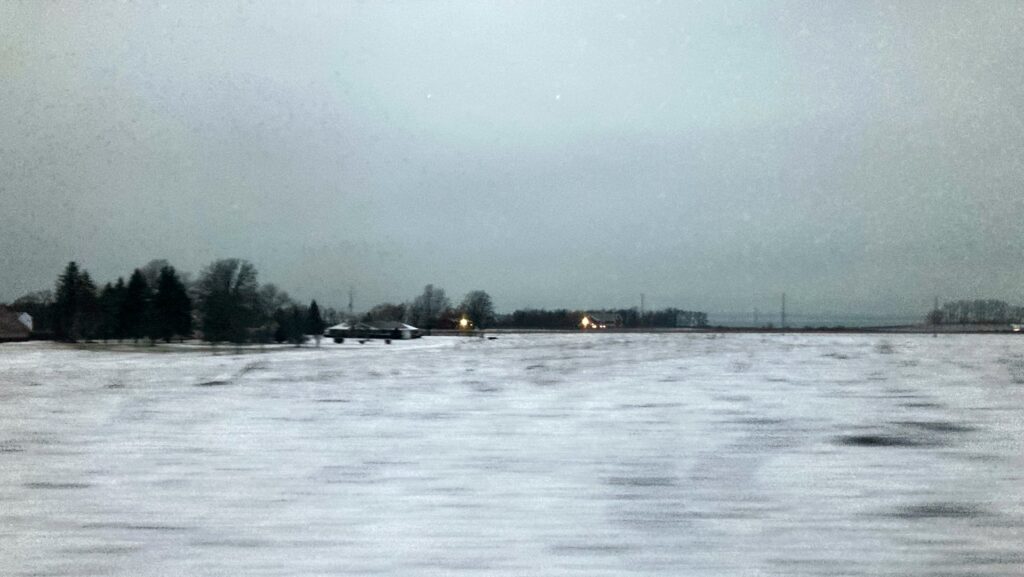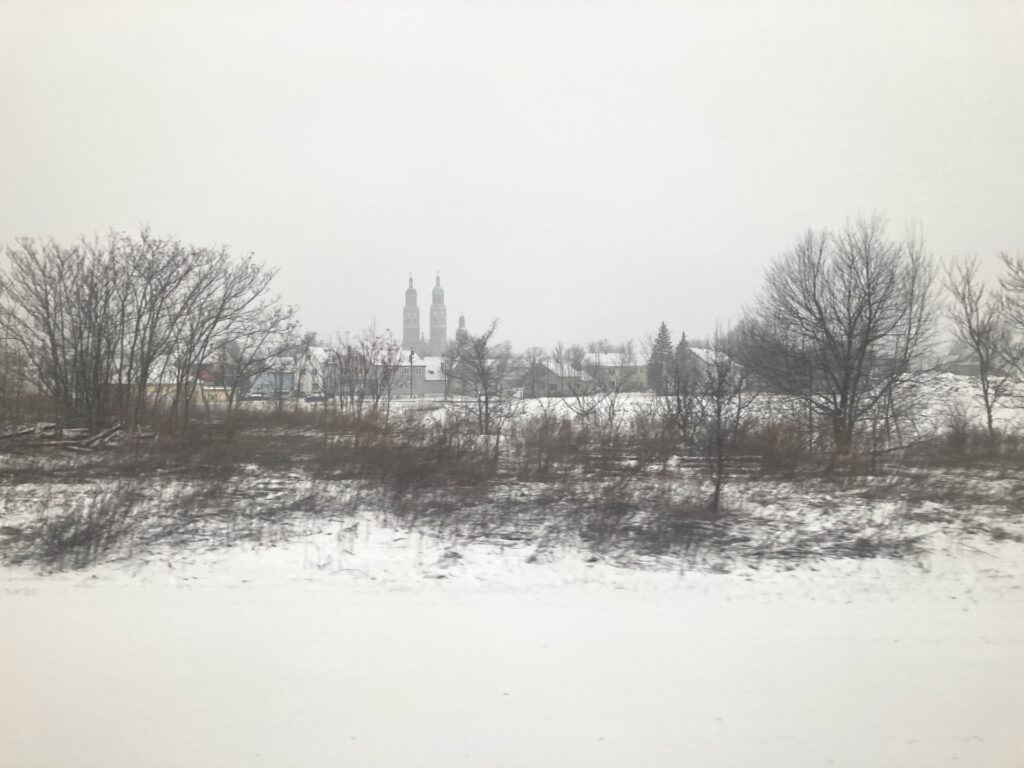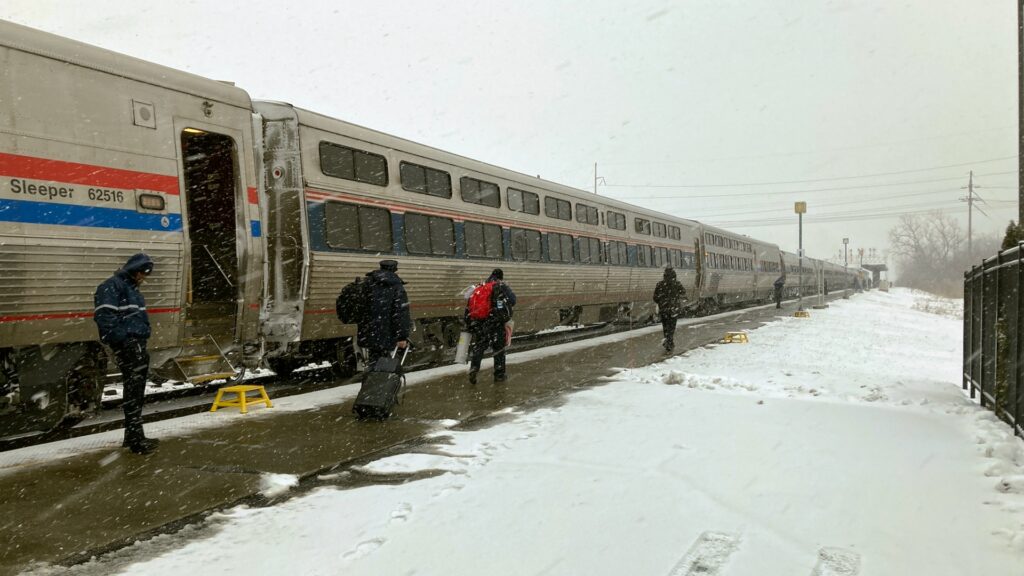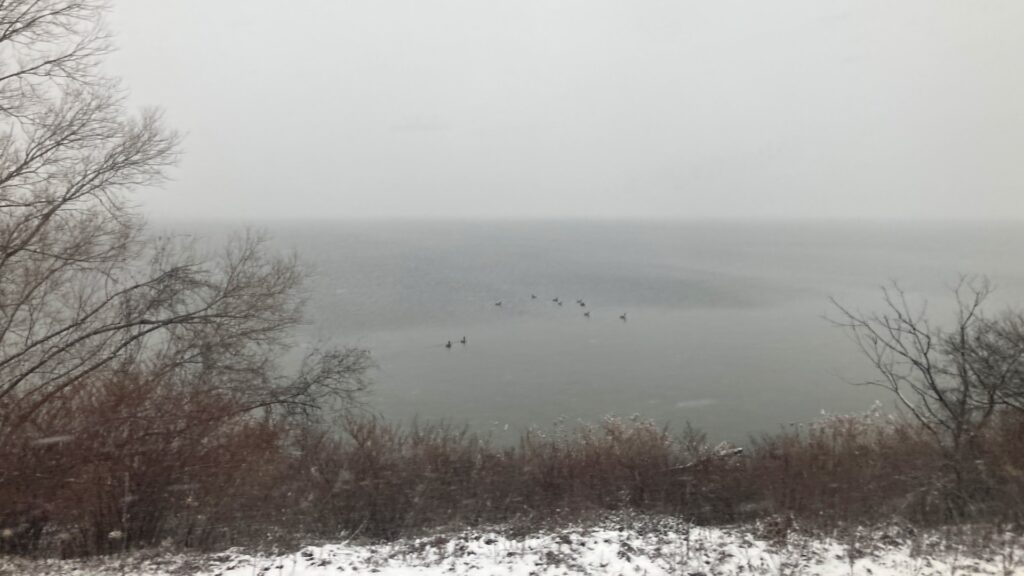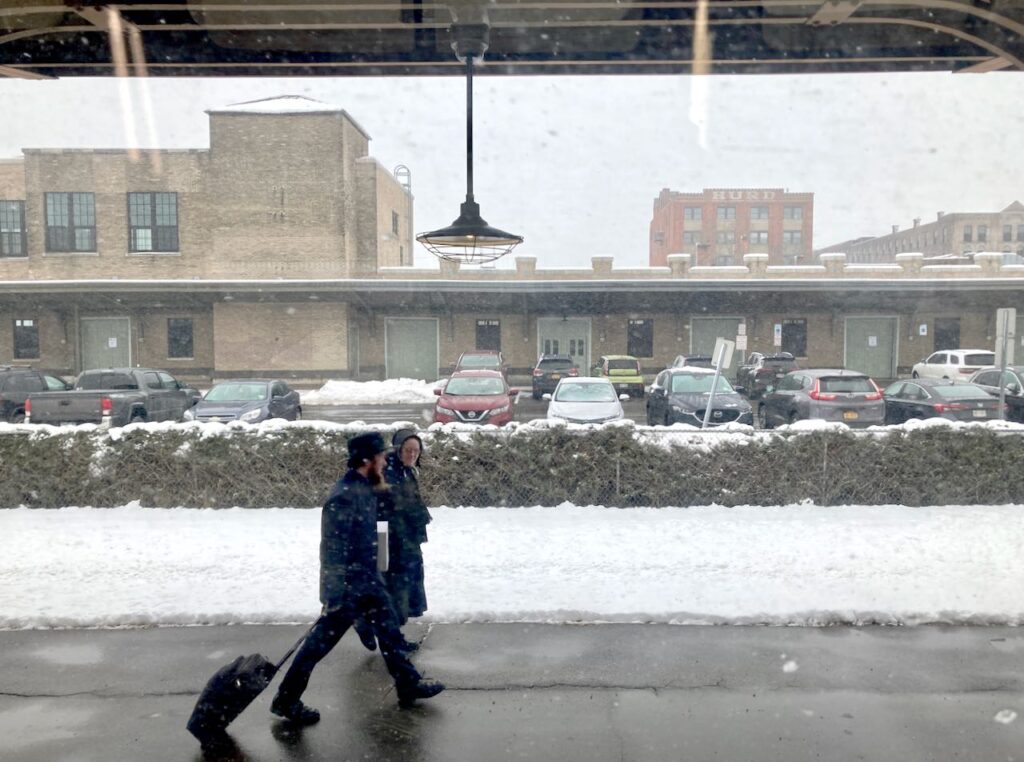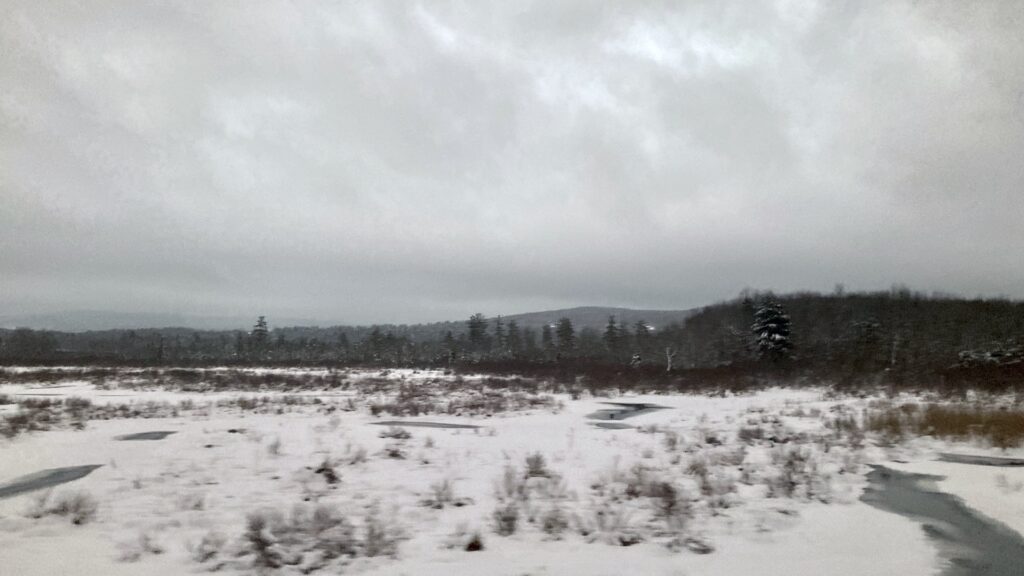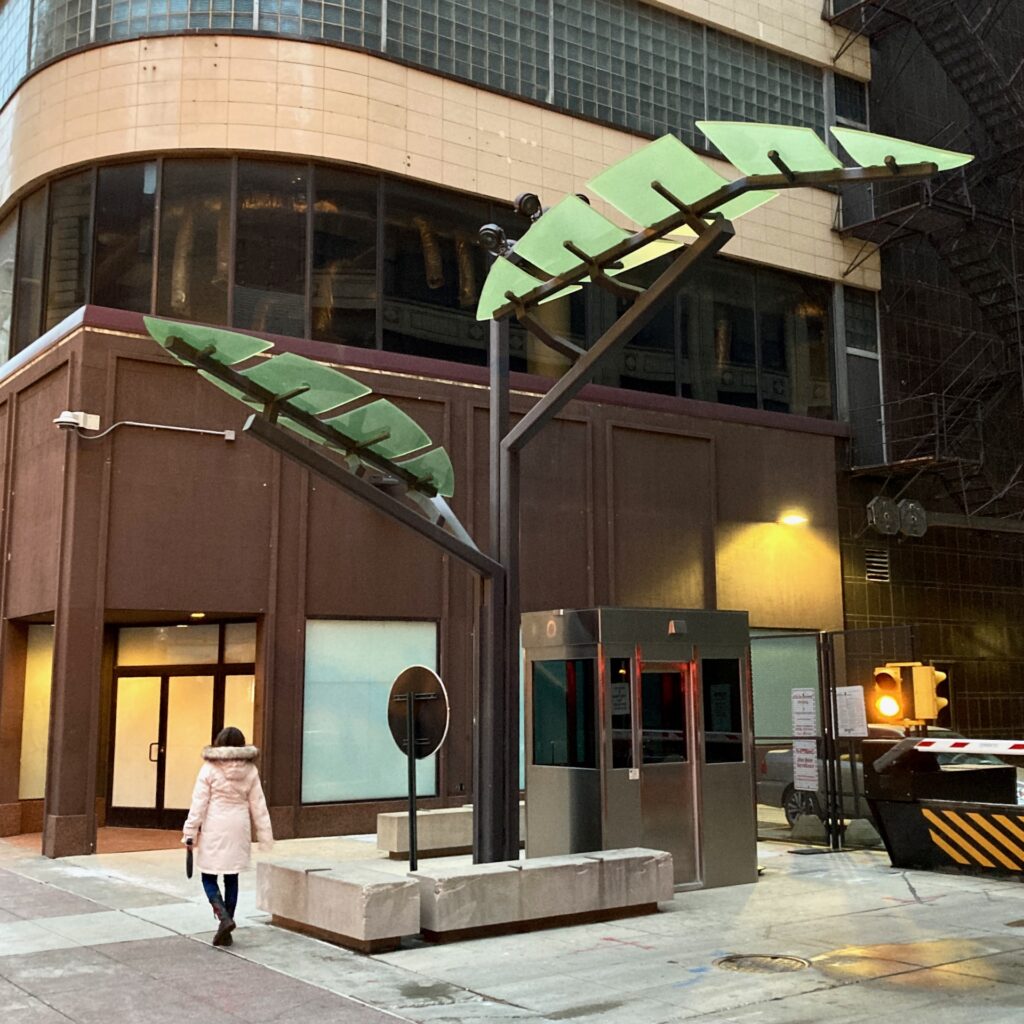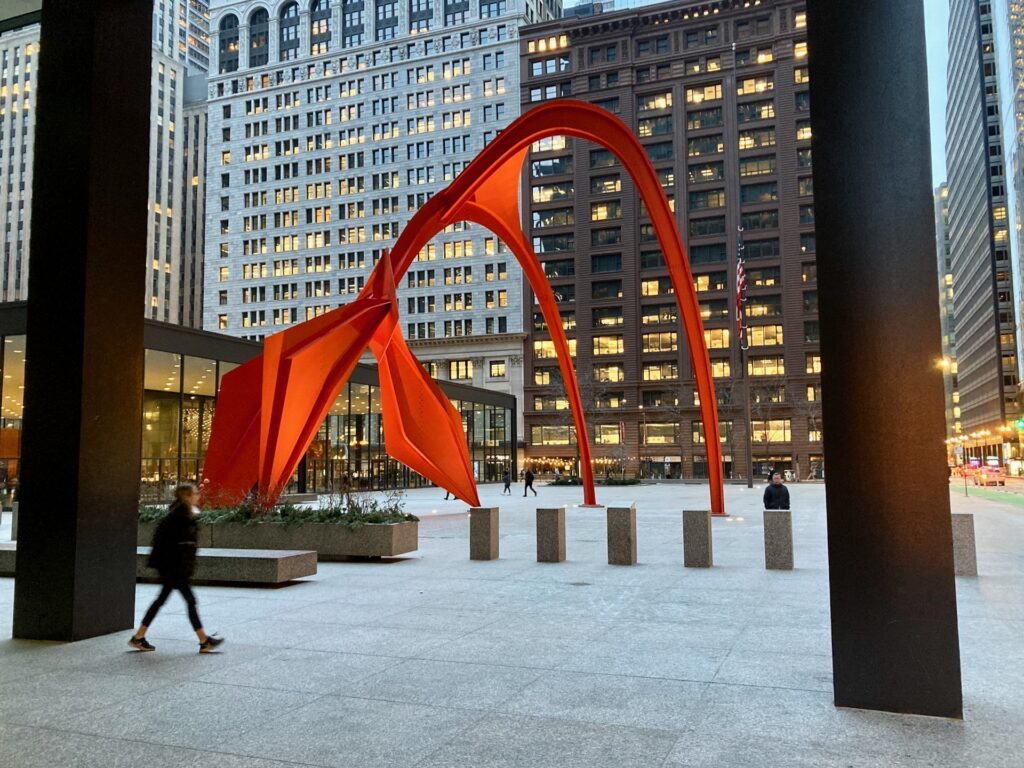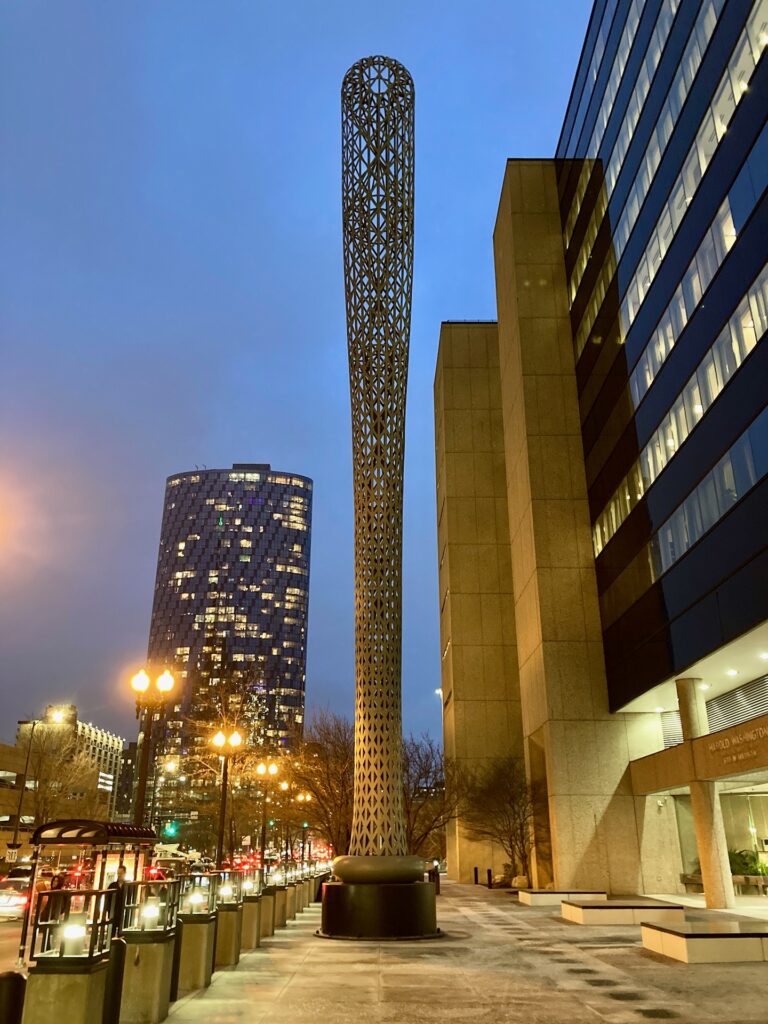In October of last year, ProPublica and NBC News investigated whether mandated reporter laws work. Their conclusion: in some states, mandated reporter laws have not led to increased safety for children. In fact, they allege that in Pennsylvania, when additional people were mandated to report child abuse, this increased increased false reporting, which in turn overwhelmed already strained child protective services.
I can tell you from my own experience that badly written laws can cause an increase in mandated reports that are not worth pursuing. In 2014, California updated its mandated reporting law, adding many specifics to a list of reportable offenses. One specific that was added: in an effort to reduce children being forced to perform oral sex on an abuser, mandated reporters were required to report if a foreign object were inserted into a child’s mouth. However, this meant that if two teenagers under age 18 were seen French kissing, they had to be reported. I knew a woman who worked with at-risk youth, and she was making weekly calls to Child Protective services to report that two of the teens in her program had been French kissing. Even though the people who fielded the calls would simply file her reports, it still used up their valuable time. For my own part, after 2014 I had to tell teens in my congregation’s youth programs that they could never let me see them kissing, because I would have to report them to the state.
More insidious is the problem that because of vague laws, mandated reporters often don’t know exactly what to report. I’m one of those mandated reporters. I’ve taken trainings and read online materials. But too often there are no clearly defined criteria. None of the trainings ever tells you — If you see this then you must report. The training materials always say — If you think you’ve seen signs of abuse that kind of look like this, then you must report. This is why I like the last five videos on Virtual Lab School’s “Child Abuse Prevention, Identification, and Reporting” webpage — the teachers who talk on the videos on that page make it clear that they are not always sure what constitutes abuse. Yet they still have to report. They work hard to document a pattern of behavior, and they share that documentation with state workers. But sometimes they worry that the pattern of behaviors they observed might be, for example, the result of poverty instead of neglect — e.g., not having a hot meal once a day might be neglect, or it could be the family doesn’t have the money to give anyone a hot meal. And the ProPublica / NBC News report also makes it clear that African American children are overrepresented in reports from mandated reporters. Without well-defined criteria on what constitutes abuse, of course we’re going to see systemic prejudices coming into play.
Furthermore, I don’t advocate making everyone a mandated report, which some U.S. states have done. In my view, mandated reporters should be professionals who already have significant training in some kind of human services (health care, education, social work, emergency response, ministry, etc.). In addition, as a part of their job mandated reporters should receive regular training on abuse recognition and reporting, as part of their paid duties. I would also say that any professional working in a setting where it is possible to abuse children (including schools, churches, health care settings, etc.) needs to be able to safely report abuse that is perpetrated by other professionals, especially when that other professional is your supervisor or some other senior colleague.
So it’s clear to me that mandated reporting laws need reform. Legislators have think through the real-world effects of mandated reporting laws, and revise laws that are not producing the intended effects. Legislators also have to bite the bullet and pony up the money to create really good training on abuse recognition. A mandated reporting law that requires people to report abuse, but then doesn’t adequately tell people what abuse must be reported, is an empty law. Legislators need to be held accountable when they have not done their job.
Yet even with all the problems in existing mandated reporting laws, I still think clergy should be mandated reporters. Congregations of all types remain major targets for sexual predators (one insurance company representative told me that his nationwide company receives on average one new claim per week from religious congregations where child sexual abuse happened). If clergy are legally mandated reporters, this sends a message to sexual predators that congregations are at least doing an absolute bare minimum to watch for child sexual abuse.

